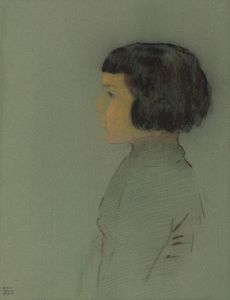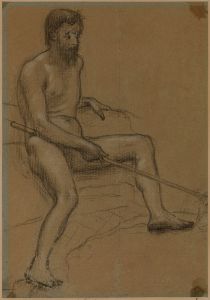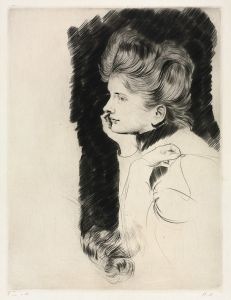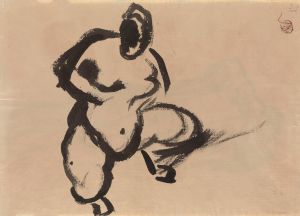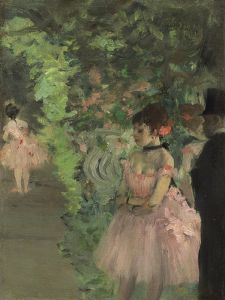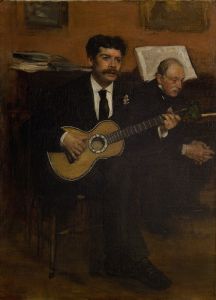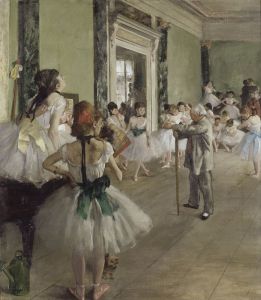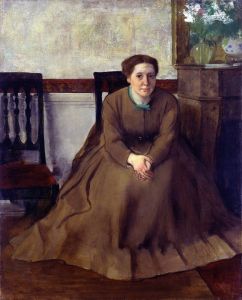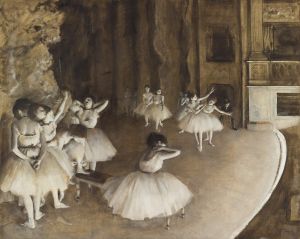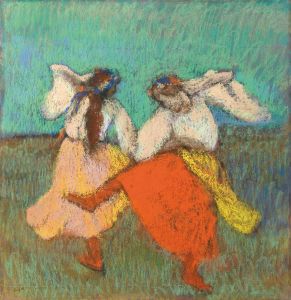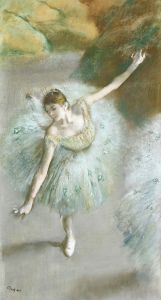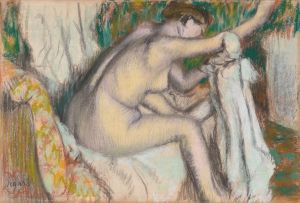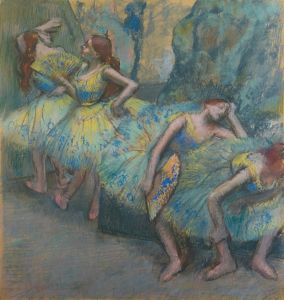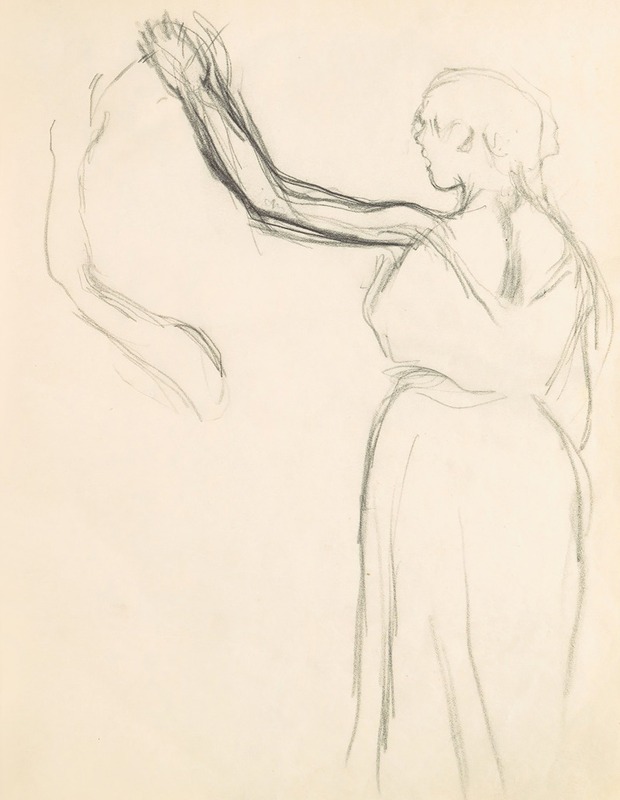
Figure Studies 16
A hand-painted replica of Edgar Degas’s masterpiece Figure Studies 16, meticulously crafted by professional artists to capture the true essence of the original. Each piece is created with museum-quality canvas and rare mineral pigments, carefully painted by experienced artists with delicate brushstrokes and rich, layered colors to perfectly recreate the texture of the original artwork. Unlike machine-printed reproductions, this hand-painted version brings the painting to life, infused with the artist’s emotions and skill in every stroke. Whether for personal collection or home decoration, it instantly elevates the artistic atmosphere of any space.
Edgar Degas, a prominent French artist associated with the Impressionist movement, is renowned for his mastery in capturing the human form, particularly through his studies of dancers and figures. One of his works, "Figure Studies 16," exemplifies his dedication to exploring the nuances of human anatomy and movement. Although specific details about "Figure Studies 16" are limited, it is reflective of Degas's broader artistic endeavors and techniques.
Degas was born on July 19, 1834, in Paris, France, and he demonstrated an early aptitude for drawing. He initially pursued a traditional academic art education, studying at the École des Beaux-Arts in Paris. However, his artistic journey took a significant turn as he became associated with the Impressionists, a group of artists who sought to capture modern life and its fleeting moments through innovative techniques.
Throughout his career, Degas was particularly fascinated by the human figure, often depicting dancers, bathers, and women in various states of repose and activity. His figure studies, including "Figure Studies 16," are characterized by their meticulous attention to detail and dynamic compositions. Degas frequently employed pastels, oils, and charcoal to achieve a sense of immediacy and movement in his works.
"Figure Studies 16" likely belongs to a series of studies where Degas meticulously examined the human form. These studies were not merely preparatory sketches but were considered complete works in their own right. Degas's approach to figure studies was methodical; he often worked from live models, capturing their poses and gestures with precision. This practice allowed him to explore the subtleties of light, shadow, and form, which became hallmarks of his style.
Degas's figure studies are notable for their innovative use of perspective and composition. He often employed unconventional viewpoints, such as viewing figures from above or at oblique angles, which added a sense of dynamism and realism to his work. This approach challenged traditional artistic conventions and contributed to the evolution of modern art.
In addition to his technical prowess, Degas's figure studies reflect his keen observational skills and deep understanding of human anatomy. He was known for his ability to convey the tension and grace of the human body, capturing both the physical and emotional essence of his subjects. This focus on the human form and movement is evident in "Figure Studies 16," as it is in many of his other works.
Degas's contributions to art extend beyond his figure studies. He was a pivotal figure in the Impressionist movement, although he preferred to be called a "realist" or "independent." His work influenced subsequent generations of artists, and his innovative techniques continue to be studied and admired today.
While specific information about "Figure Studies 16" is scarce, it is clear that this work is part of Degas's broader exploration of the human figure. Through his meticulous studies, Degas not only captured the physicality of his subjects but also conveyed a deeper sense of their inner lives, making his work timeless and universally resonant.





